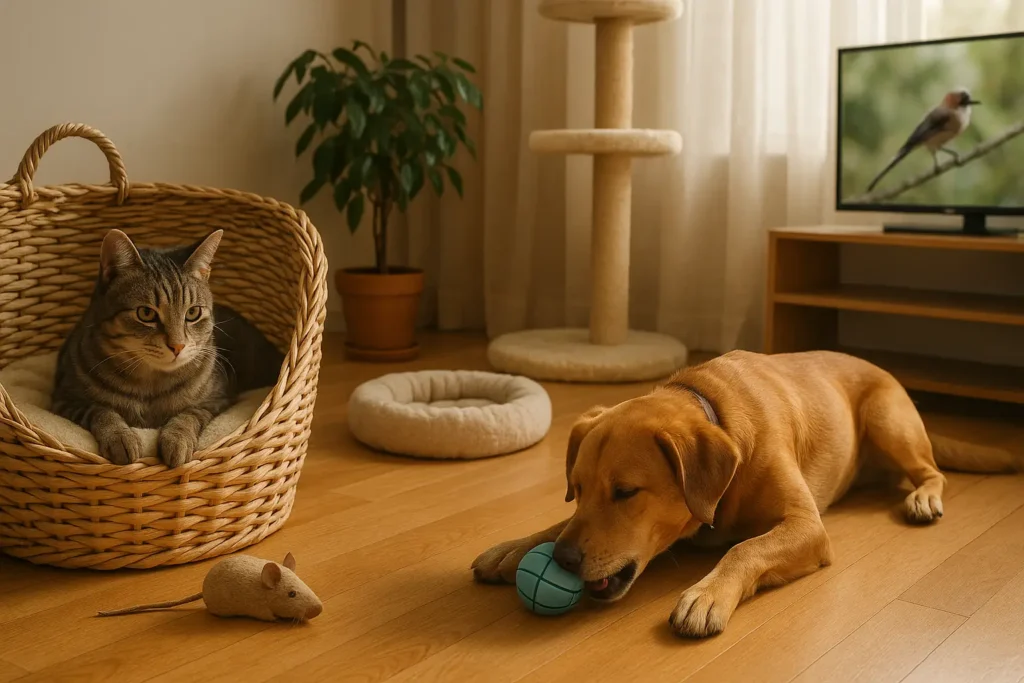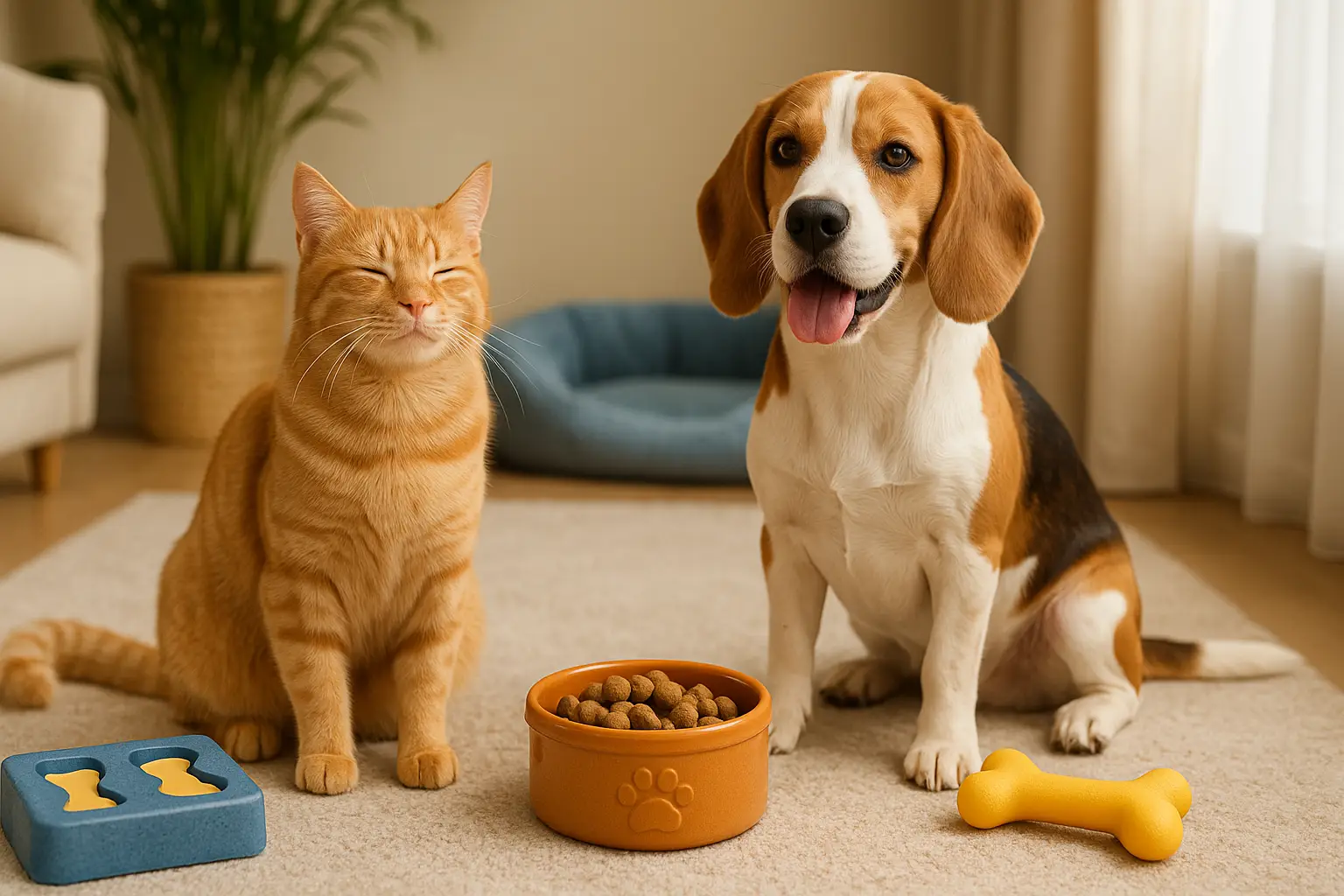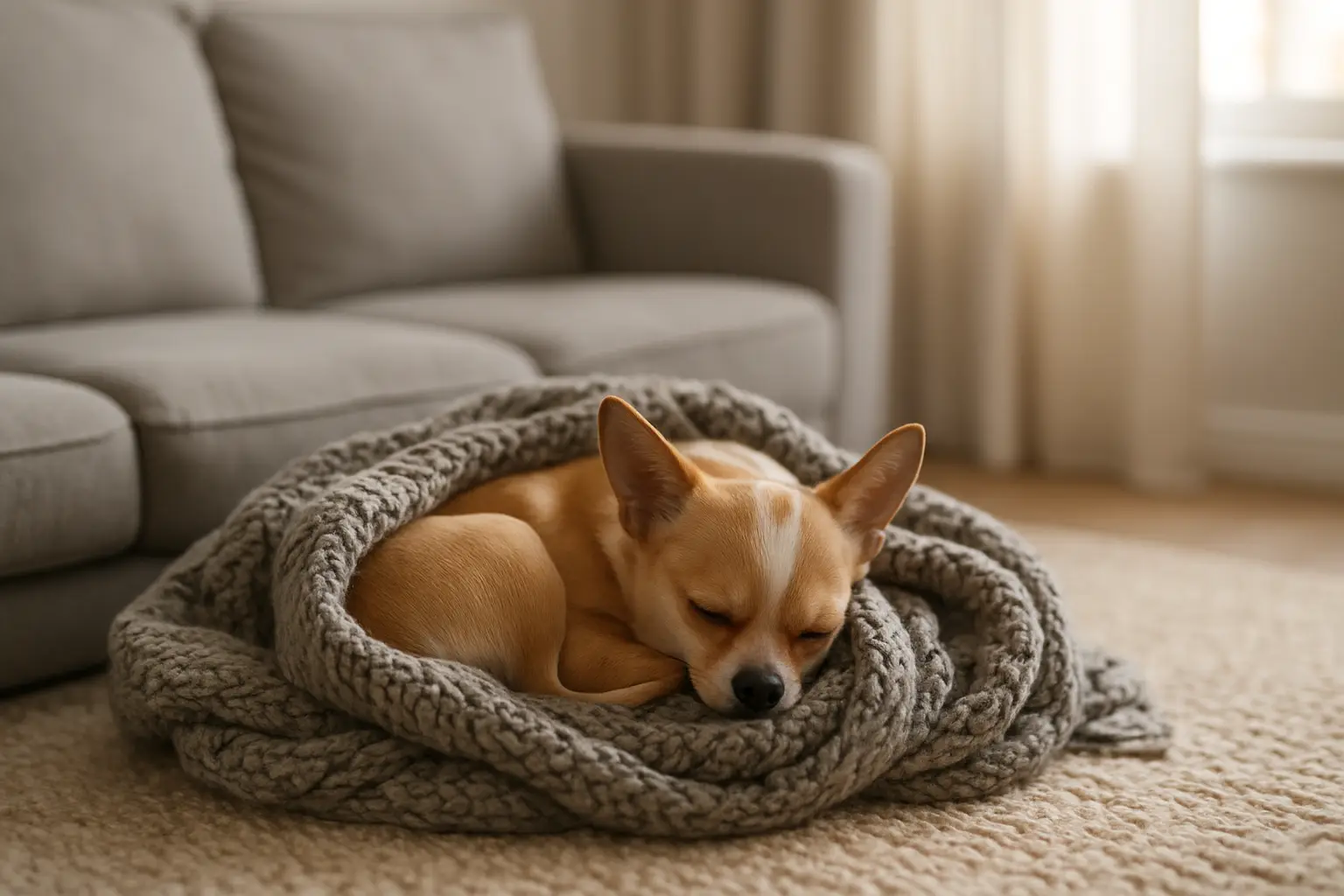How to Prevent Boredom in Pets That Stay Home Alone
Dogs and cats bring endless joy and energy into our lives—but when they’re left alone for long hours, they can become bored, anxious, or even destructive. Just like humans, pets need mental and physical stimulation to stay healthy and balanced. Whether you work long days or occasionally spend time away, understanding how to keep your pet engaged while you’re gone is essential for their happiness and well-being.
This in-depth guide explores safe, practical, and creative ways to prevent boredom in pets that spend extended periods at home alone. You don’t need expensive gadgets or advanced training—just a bit of planning and thoughtful structure.

Why Boredom Is a Real Problem for Pets
While some pets may seem perfectly content napping all day, chronic boredom can lead to:
- Destructive behavior: Chewing furniture, scratching doors, or knocking over plants.
- Excessive barking or meowing
- Pacing, restlessness, or depression
- Accidents in the house
- Separation anxiety or clinginess
These behaviors aren’t bad manners—they’re cries for stimulation. Preventing boredom doesn’t just save your couch legs; it improves your pet’s emotional health and quality of life.
Understand Your Pet’s Needs by Species
Dogs:
- Social animals that thrive on routine and interaction.
- Need mental tasks and regular movement.
- Boredom often shows up as physical destruction or barking.
Cats:
- Independent but still mentally active.
- Require environmental stimulation and outlets for hunting instincts.
- Boredom shows up as overgrooming, mischief, or clinginess when you return.
Step 1: Set Up a Pet-Safe Space
Designate a cozy, stimulating area where your pet can relax and engage while you’re away.
- For dogs: Use a gated room or large crate with a bed, toys, and water.
- For cats: Allow access to a sunlit window, climbing shelves, or enclosed balcony.
Include:
- Comfortable bedding
- Fresh water (use a weighted or spill-proof bowl)
- A toy basket
- Visual stimulation (a view, a fish tank, etc.)
Step 2: Stick to a Predictable Routine
Pets feel more secure when their day follows a rhythm. Create a predictable schedule that includes:
- Morning potty break
- Walk or play session
- Breakfast
- Midday check-in (if possible)
- Evening walk or active playtime
- Dinner
Feed and walk your dog at the same time each day. For cats, even feeding them in the same corner and playing before you leave can help build structure.
Step 3: Use Interactive Toys and Puzzles
These keep pets occupied and mentally stimulated.
For Dogs:
- Treat-dispensing balls
- Puzzle feeders with sliding panels
- Frozen KONGs filled with peanut butter or mashed banana
For Cats:
- Puzzle feeders with dry kibble
- Motion-activated toys that mimic prey
- Feather toys on timers or rotating bases
Rotate toys weekly to keep interest high.
Step 4: Create Visual and Audio Stimulation
When your pet is alone, quiet stillness can become unsettling. Offer low-level entertainment:
- Leave a window view unobstructed (add a perch for cats)
- Use pet TV channels with birds, squirrels, or other animals
- Play soft classical music or white noise
Avoid loud or intense content, as pets are sensitive to sound.
Step 5: Offer Comfort and Scent
Your scent has a calming effect on your pet. Before leaving:
- Leave out a worn t-shirt or hoodie
- Spray bedding with pet-safe calming pheromones
- Avoid strong perfumes that may confuse your pet
Familiar smells help reduce separation stress and encourage rest.
Step 6: Try a Sniff Station (For Dogs)
Dogs experience the world through smell. You can create a sensory corner using:
- Rolled towels infused with dog-safe scents like lavender or chamomile
- Puzzle mats filled with treats
- Boxes with surprise smells (herbs, kibble, toys)
Change the scents weekly to keep things exciting.
Step 7: Offer Enrichment Before You Leave
Spend 10–20 minutes playing or walking your dog, or playing chase or feather wand with your cat. This helps release energy before the quiet hours ahead.
- A tired pet is less likely to get bored.
- They’ll associate your departure with calm, not stress.
Make your exit low-drama. No lengthy goodbyes—just a cheerful, “See you later!” and out the door.
Step 8: Use Technology When It Helps
Modern tools can help monitor and stimulate pets at home.
- Pet cameras with two-way audio or treat dispensing
- Automatic feeders for portioned meals or snacks
- Interactive laser toys (for cats) that activate on schedule
While not essential, these can provide peace of mind and occasional engagement when you’re gone long hours.
Step 9: Encourage Solo Play
Teach your pet to entertain themselves by making certain toys “special.”
- Only offer puzzle toys when you leave.
- Let your pet “earn” access to favorite toys.
- Reinforce independence—don’t rush in when they whine for attention post-play.
Over time, they’ll start to view solo time as rewarding.
Step 10: Schedule Breaks When Possible
If you’re gone for extended hours:
- Ask a trusted friend, neighbor, or dog walker to stop by
- Hire a pet sitter for midday check-ins
- Look into daycare (for sociable dogs) a couple of times a week
A break in the middle of the day helps release pent-up energy and maintains bathroom routines.
Step 11: Create a Stimulating Environment
Your pet’s space should offer more than just a place to nap.
Add:
- Cat trees or window perches
- Wall shelves and scratching posts
- Dog-safe chews or frozen treats
- Pet-safe plants (cat grass, etc.)
- Hiding places (for cats) or cozy nooks (for dogs)
A stimulating environment makes a huge difference during alone time.
Step 12: Train for Alone Time Gradually
If your pet struggles with separation, work up to longer periods.
- Start with short absences (10–15 minutes)
- Reward calm behavior on return
- Slowly extend the time you’re away
- Avoid making a big deal out of departures or arrivals
This builds your pet’s confidence and trust in your return.
Special Considerations by Pet Type
Puppies:
- Limited bladder control
- Need frequent stimulation and socialization
- Use playpens or crate training
Kittens:
- High curiosity and energy
- Offer a variety of toys, tunnels, and climbing space
Senior Pets:
- Comfort-focused
- May need special bedding, gentle stimulation, or routine medications
Tailor boredom prevention strategies to your pet’s age and personality.
What Not to Do
Avoid these common mistakes:
❌ Leaving your pet in silence
❌ Using crates without enrichment or breaks
❌ Punishing destruction caused by boredom
❌ Overloading the environment with too many toys
❌ Forgetting to rotate enrichment items
Boredom isn’t solved by volume—it’s solved by thoughtful, structured engagement.
Final Thoughts: A Happy Pet, Even When You’re Away
Leaving your pet home alone doesn’t have to mean guilt, anxiety, or coming home to chaos. With the right setup, thoughtful routines, and mentally stimulating toys, you can give your dog or cat a day that’s calm, engaging, and restful.
A well-prepared environment speaks your love louder than words—and when you return, you’ll be welcomed by a relaxed, content companion instead of a bored and frustrated one.
Now let’s create a peaceful, happy space your pet can enjoy—even when you’re not there to share it.




Post Comment